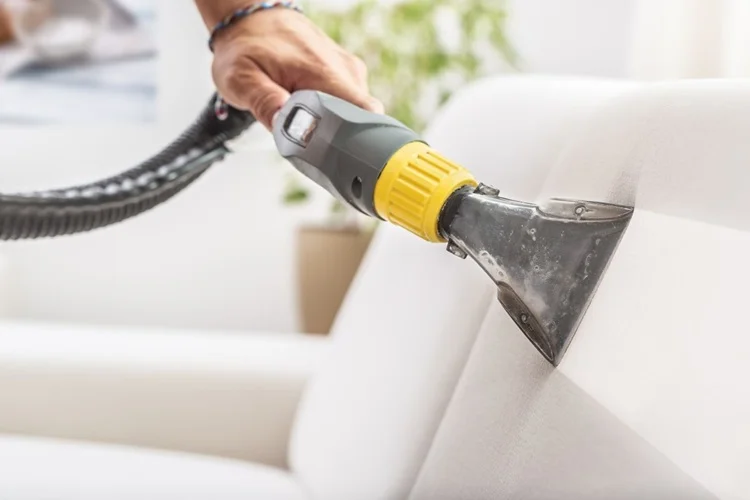The Ultimate Guide to Waterproofing Windows: Techniques and Tips for Lasting Protection
The Ultimate Guide to Waterproofing Windows: Techniques and Tips for Lasting Protection
Properly waterproofing windows is a critical aspect of home maintenance, ensuring that your property remains safe from water damage and energy-efficient throughout the year. This comprehensive guide covers all aspects of window waterproofing, from choosing the right materials to applying advanced techniques. Whether you are looking to protect new installations or upgrade existing windows, this guide has you covered.
Can I Use Fiberboard to Waterproof a Window Opening?

Fiberboard is often considered for various construction purposes, but using it for waterproofing window openings requires careful consideration. Fiberboard is primarily used for interior applications and is not inherently water-resistant. While it can be used around window openings when paired with water-resistant barriers, using it as a standalone solution for waterproofing is not recommended.
Why Fiberboard Is Not Ideal for Waterproofing
Fiberboard tends to swell and degrade when exposed to moisture, making it unsuitable for long-term waterproofing. However, you can enhance its durability by combining it with a water-resistant sheathing or using a moisture-proof coating.
Better Alternatives:
- Cement Board: A more durable and water-resistant option.
- Vinyl or Aluminum Sheathing: Provides superior waterproofing capabilities for rough window openings.
Best Practice: Use fiberboard as a secondary material in conjunction with waterproofing membranes, ensuring it remains shielded from direct water exposure.
How Can I Make My Windows Waterproof?
Achieving a waterproof seal around your windows involves using a combination of materials and techniques. Here’s a step-by-step guide:
Step 1: Inspect and Clean the Surface
Start by cleaning the window frame and the surrounding area to ensure proper adhesion of sealants and tapes.
Step 2: Apply Flashing Tape
Flashing tape is essential for creating a watertight barrier around the window opening. Apply the tape around the sill, jambs, and head of the window.
Step 3: Use High-Quality Caulking
Seal any gaps using high-quality silicone or polyurethane caulking. Apply the sealant evenly around the edges of the frame.
Step 4: Install a Waterproof Membrane
Consider using a self-adhesive waterproof membrane around the window casing to reinforce the waterproof barrier.
Step 5: Check for Proper Drainage
Ensure that water can drain away from the window by adding a sloped sill or installing a weep system.
How to Waterproof Wood Around a Window
Wood around windows is prone to moisture damage, leading to rot and mold growth if not properly protected. Here’s how you can waterproof wooden window frames effectively:
Use Waterproof Sealants and Paint
Apply a high-quality waterproof sealant over the wood surface, followed by a waterproof paint or varnish. This provides dual protection against moisture penetration.
Flashing and Membrane Application
Install flashing tape around the wooden frame and cover it with a waterproof membrane to prevent water ingress at vulnerable joints.
Regular Maintenance
Inspect wooden frames every few months for signs of cracks or peeling paint. Prompt repairs are crucial to maintaining waterproofing integrity.
How Do You Waterproof Casement Windows?
Casement windows, which open outward, have unique waterproofing requirements. Here’s how to ensure they remain leak-proof:
Step 1: Check the Hinges and Seals
Inspect the hinges and seals around the casement window to ensure they are in good condition. Replace any damaged gaskets.
Step 2: Use Weatherstripping
Install weatherstripping around the window to create a tight seal when the window is closed.
Step 3: Apply a Waterproofing Sealant
Use a waterproofing sealant around the frame and the moving parts to prevent water penetration through small gaps.
How Do You Waterproof Window Casings?
Window casings are particularly susceptible to water damage, as they form the outer perimeter of the window frame. Here’s how to protect them:
Use Flashing Tape and Membranes
Apply flashing tape around the entire casing, ensuring all edges are covered. Add a waterproof membrane over the tape for extra protection.
Install Exterior Casing Covers
Consider using vinyl or aluminum covers for exterior window casings to shield them from moisture.
How to Waterproof a Rough Window Opening?
A rough window opening requires a precise approach to ensure no water seeps in. Here’s how to do it:
Step 1: Install Sill Flashing
Install a waterproof sill flashing that slopes away from the window to facilitate drainage.
Step 2: Use House Wrap and Flashing Tape
Cover the rough opening with house wrap and flashing tape, paying special attention to corners and joints.
Step 3: Apply Waterproof Membranes
For additional protection, apply a self-adhesive waterproof membrane around the entire rough opening.
How Do You Weatherproof Windows Without Plastic?
If you’re looking for a sustainable way to weatherproof windows without using plastic, consider these eco-friendly alternatives:
- Rubber Gaskets: Create an airtight seal without the need for plastic sheeting.
- Wooden Shutters: Close these over your windows during storms to keep out wind and rain.
- Storm Windows: Install storm windows made of glass or wood for added protection.
Supporting Content Pages
How to Waterproof a Window Frame
To waterproof a window frame, focus on sealing gaps, applying flashing tape, and using waterproofing paints. Regular maintenance is crucial to keeping the frame in good condition.
Window Waterproofing Detail: A Professional’s Approach
Understanding the technical aspects of window waterproofing, such as the correct placement of flashing and membranes, ensures a long-lasting solution. Refer to detailed diagrams and installation manuals for best practices.
Choosing the Right Window Waterproofing Tape
When selecting waterproofing tape, look for products that offer high adhesion and flexibility. Compare options like butyl, acrylic, and rubber-based tapes to choose the best one for your needs.
Waterproofing Windows in a Shower: What You Need to Know
Shower windows require specialized waterproofing due to high humidity levels. Use waterproof membranes and caulking specifically designed for wet areas.
Window Sill Waterproofing Detail: Step-by-Step Guide
Prevent water damage to window sills by installing sill pans and using waterproof caulking. Make sure the sill has a slight slope to allow water to run off.
How to Waterproof Replacement Windows: What to Consider
When installing replacement windows, focus on creating a watertight seal around the new frame. Use flashing and waterproof membranes to prevent leaks.
Waterproofing Wooden Window Frames: The Complete Guide
Wooden frames are beautiful but vulnerable to water damage. Protect them using sealants, flashing, and waterproof varnishes.
FAQ Section
What is the best waterproofing sealant for windows?
Silicone and polyurethane sealants are ideal for waterproofing windows due to their flexibility and strong adhesion.
Can I waterproof old wooden window frames?
Yes, you can waterproof old wooden frames by applying a sealant and using flashing tape to cover vulnerable areas.
How do I prevent condensation on windows?
Prevent condensation by ensuring proper ventilation, using a dehumidifier, and applying anti-condensation coatings to the glass.
Conclusion
Properly waterproofing your windows is essential for maintaining the structural integrity of your home and ensuring energy efficiency. By utilizing techniques such as applying waterproofing tapes, caulking, and using flashing membranes, you can protect your windows from water damage and extend their lifespan. Whether you are sealing wooden frames, waterproofing casement windows, or tackling rough window openings, following these steps will help you achieve long-lasting results. Remember, regular maintenance and using the right materials will prevent costly repairs in the future.
Read More About Related Articles:
How to Find the Key Code for a Yamaha 2011 Stryker
Chevy Bolt Battery Replacement: A Comprehensive Guide
Understanding Circuit Symbols and Their Importance in Circuit Diagrams
UML Design for “Star Invader Game”: A Comprehensive Guide
The Top 20 Must-Have Chrome Extensions for Boosting Productivity
How to Track a Phone Number in the UK for Free
Can You Use a Regular Printer for Sublimation? Explained!





